Vaginal Boils: 5 Effective Home Remedies For Fast Relief
Following healthy hygienic practices is the key to treating and preventing vaginal boils.

Image: Midjourney/ StyleCraze Design Team
Any type of discomfort “down there” is never pleasant. This is why the appearance of vaginal boils is a truly unwelcome sight. A vaginal boil, also known as a vulvar boil, is a pus-filled, inflammatory bump that forms beneath the vaginal skin. These boils appear outside the vagina, in the pubic area, or on the labia. Although these boils are commonly referred to as vaginal boils, they may also be called vulvar abscesses or boils as the vulva refers to the visible genitalia, which includes the vagina.
While some vaginal boils heal on their own, others may require medical attention to eliminate them and prevent them from getting infected. Understanding the nature of vaginal boils is essential for effective treatment. The treatment can help relieve discomfort and stop the infection from spreading until the boil is gone. Continue reading to learn more about vaginal boils, including what causes them and how to treat them. Keep scrolling!
In This Article
What Is A Vaginal Boil?
A vaginal boil is a pus-filled bump that can occur anywhere in the vulvar area, including the pubic region, the labia, and the exterior of the vagina. It occurs when a hair follicle in that area gets infected. The boil may begin as a little red bump or skin abscess, then grow into a swollen, painful boil with a white or yellow pus-filled tip over a few days (1). However, in some cases, this boil can appear as small as a pimple.
A majority of these boils go away on their own in a few days or weeks (1). However, if you have a spot on the area around your vagina (vulva) and are not sure if it is a boil or something else, consult your doctor or gynecologist right away. They will check for certain signs and symptoms to determine if it is a vaginal boil. Learn more about them in the next section.
Key Takeaways
- Swollen lumps, itching, pain, and pus-filled bumps are some common symptoms associated with vaginal boils.
- Tight-fitted clothes, STDs, insect bites, and folliculitis are some causes of vaginal boils.
- Maintaining proper hygiene, warm compress, and OTC medications may help you get rid of these painful bumps.
- If your vaginal boils do not heal in one to two weeks and are accompanied by symptoms like fever and extreme pain, your doctor may prescribe antibiotics for them.

Signs And Symptoms Of Vaginal Boils
The most common symptoms associated with vaginal boils include (1):
- Swollen, red lump that goes deep into the skin.
- Itching or irritation.
- Painful to touch.
- White or yellow pus-filled bumps.
- May ooze clear fluid or develop a crust.
- Swollen lymph nodes.
- Fever in severe cases
It is worth distinguishing them from vaginal pimples. Learn about the different vaginal pimples treatments to ensure you’re addressing the issue correctly. It is extremely important to understand what is causing your vaginal boils to treat them the right way. The most common causes are listed of this condition are listed in the next section. Check them out.
Causes Of Vaginal Boils
From wearing tight clothes to STDs to insect bites, a wide range of factors can cause vaginal boils. Let’s learn more about them.
1. Folliculitis
Folliculitis is a skin disorder caused by bacteria infecting the pubic hair follicles.
This infection is most commonly caused by waxing, grooming, and shaving in the pubic area (2). If left untreated, the bumps become uncomfortable and eventually grow into boils.
 Quick Tip
Quick Tip2. Wearing Tight-Fitting Clothes
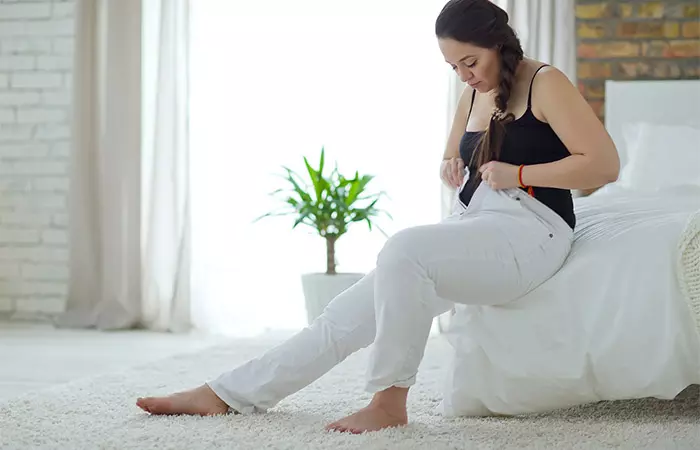
Wearing tight-fitting clothes in the pubic area is one of the most common causes of vaginal boils. Clothing can produce unwanted friction on the skin, leading to the formation of boils on your private parts. Boils on the vaginal lip can also be caused by poor genital hygiene, such as wearing dirty underwear or not changing your underwear frequently. If you experience similar issues in other areas, like the inner thighs, it may be helpful to compare them with boils on the inner thighs.
3. Cysts
Bartholin’s cysts can also cause vaginal boils. A bartholin gland cyst is caused by an infection in the bartholin glands, which are positioned beneath the vaginal skin near the opening. These glands secrete a fluid that aids the lubrication of the vagina. When these glands become infected, their openings become clogged, causing fluid to accumulate beneath the vaginal skin (3). This accumulation can result in a tiny bump near the vaginal opening that can turn into a vaginal infection or boil.
 Quick Tip
Quick Tip4. Other Common Causes
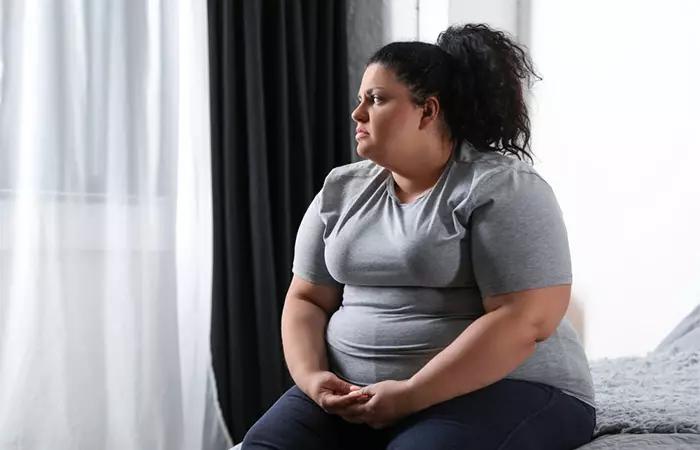
Apart from the causes listed above, there are certain practices and health conditions that may cause these genital boils. These include:
- Insect bites and other injuries to the skin.
- Sexually transmitted infections.
- Genital piercings.
- Diseases that weaken the immune system, like diabetes.
- Obesity (which may cause boils between the folds of your skin).
- Sitting in one spot for a long time.
For boils caused by bacterial infections, treating underlying issues like bacterial vaginosis can be crucial. Home remedies for bacterial vaginosis may offer relief from infections that could lead to these boils. Most vaginal boils can be managed at home without medical attention. Learn what you need to do for at-home treatment in the next section.
How To Get Rid Of Vaginal Boils
- Maintain proper hygiene. Use soap and water to clean the vaginal area. Before and after touching the affected area, wash your hands thoroughly to prevent the spread of infection.
- Apply a warm compress to the affected area for 10-15 minutes. This will increase blood circulation, draw the pus to the surface, and stimulate the boil to drain.
- Keep the area clean and dry.
- Use a sitz bath to clean the vaginal area.
- Wear comfortable and breathable undergarments to prevent rubbing and irritation in the genital area.
- Do not squeeze, pop, or pick at the boil. This can lead to more pain and spread the infection.
- If the boil bursts, apply antibiotic ointment to avoid infection.
- When the boil starts to drain, clean it and cover it with a loose bandage.
- If necessary, take an over-the-counter painkiller to relieve discomfort.
A blogger describes her experience with what she suspects to be a Bartholin cyst. Initially, the small bump caused discomfort but was not painful. While she researched various treatments, she opted for a combination of sitz bath and tea tree oil as a home remedy. She writes on her blog, “After each sitz bath, I pressed a cotton pad with 5 drops of pure tea tree oil on to the cyst for about 30 minutes.” After the fifth day, she sums up her experience thus: “I didn’t feel any pain. I immediately checked on the cyst, and guess what? The abscess has drained itself in the cotton pad (i).”
You may also try home remedies to soothe pain and discomfort caused by vaginal boils. Check out the next section.
Home Remedies For Treating Vaginal Boils
While it’s essential to consult a doctor for persistent or severe cases, several home remedies may help promote healing:
1. Turmeric Paste
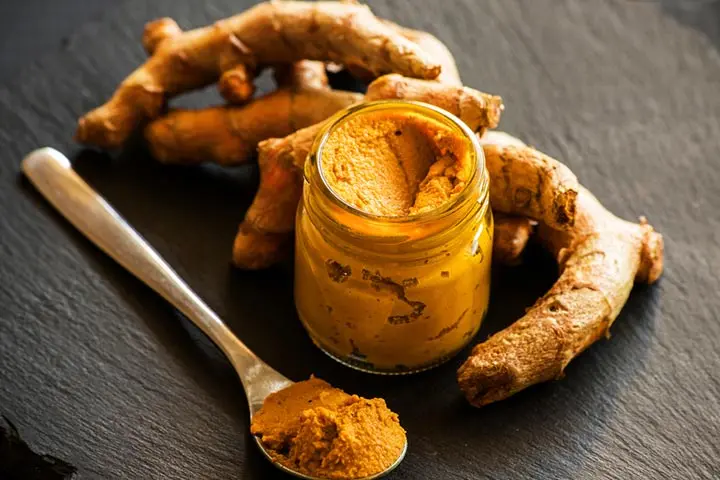
Turmeric is commonly used on cuts and wounds due to its antiseptic and wound-healing properties (4). You may use it to soothe vaginal boils. Mix it with water to form a paste and apply it to the boil. Leave it on for 20-30 minutes before rinsing off. Repeat daily until the boil has healed.
2. Apple Cider Vinegar
Apple cider vinegar is known for its antibacterial and therapeutic properties (5). It may help dry out boils. Just dilute a tablespoon of apple cider vinegar with an equal amount of water and apply it to the affected area using a cotton ball. Leave it on for 10-15 minutes, then rinse off. Use it once or twice a day.
3. Epsom Salt
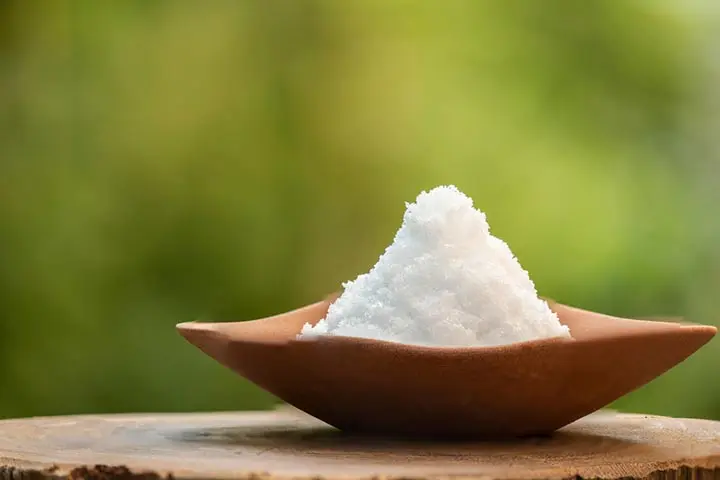
Taking a sitz bath with Epsom salt is said to help soothe pain and discomfort. The warm water may even promote drainage of the boil. Prepare a warm bath by dissolving 1-2 cups of Epsom salt and soak it for 15-20 minutes. Repeat 2-3 times a week for relief.
4. Aloe Vera
Aloe vera has anti-inflammatory properties (6). It can help reduce pain, swelling, and redness associated with vaginal boils. Apply aloe vera gel directly to the boil and surrounding area. Leave it on for at least 30 minutes before rinsing. Use it daily.
5. Garlic
Topical application of garlic may help with wound healing and may also reduce inflammation (7). You can crush a few cloves of garlic to make a paste and apply it to a boil, covering it with a clean cloth. Leave it on for 15-20 minutes before rinsing. Repeat once daily.
While home remedies can provide relief from vaginal boils, it’s essential to monitor the condition closely. If these home remedies for vaginal boils do not alleviate your symptoms, see a gynecologist for a more aggressive treatment plan. In these circumstances, it is critical to identify the source of the boil in the pubic area and treat it appropriately. Scroll down to learn how healthcare practitioners diagnose vaginal boils.
How To Diagnose Vaginal Boils
Your healthcare practitioner will diagnose a vaginal boil in your pubic area after a physical assessment. This should be painless and take only a few minutes. A boil will usually go away on its own without the need for medical attention. However, you may need to get the boil drained by a physician, or they may prescribe an antibiotic if the infection is severe or causes a lot of pain.
Are you wondering if vaginal boils are contagious? Scroll down to the next section to find out.
Are Vaginal Boils Contagious?
Vaginal boils are not contagious. They are typically caused by localized infections or blocked hair follicles and are not transmitted through contact or intimate interactions. While they can be uncomfortable and painful, they do not spread from person to person. Maintaining good personal hygiene is essential to minimize their occurrence. Also, it is important to discuss any concerns about vaginal boils with a healthcare professional who can provide appropriate guidance and recommend the right treatment options.
That said, more important than treating the boils is preventing them in the first place. Check out the pointers listed in the next section that will undoubtedly assist you in preventing this condition.
Prevention Tips
- Wash your genital area with an antibacterial soap to avoid bacteria from building up and causing infection.
- Change your undergarments frequently and maintain healthy vaginal hygiene. Try to wear natural fiber underwear made of fabrics like silk or cotton.
- Wash your hands thoroughly, specifically before and after touching your genitals.
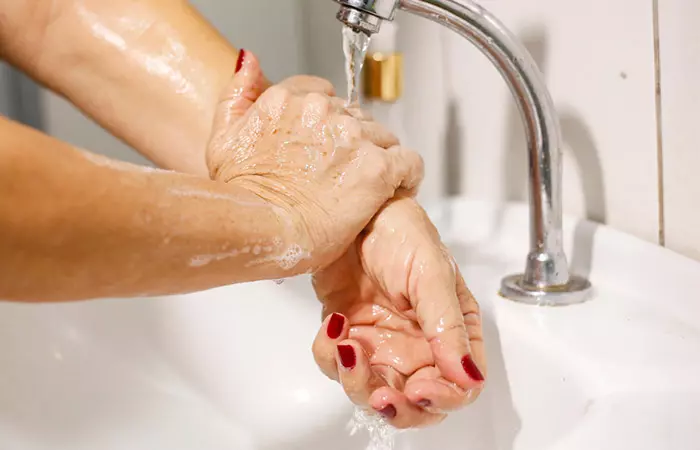
- Exfoliate your pubic area gently before shaving to clear any clogged hair follicles and reduce the risk of ingrown hairs. More significantly, exfoliation will prevent your razor from getting clogged with dead skin cells, which usually renders shaving ineffective. You can exfoliate the area by using a gentle scrub or a loofah.
- To avoid disturbing your vulva’s normal pH, use gentle products. Highly fragrant cleansers, douches, creams, baby wipes, powders, and topical ointments should be avoided since they can irritate the vaginal tissues.
- If you shave your pubic area, replace your razor blades every 3-4 weeks. When you don’t change your razor or blades on a regular basis, you risk getting ingrown hairs and vaginal boils from a dull razor.
- If your doctor prescribes antibiotics to treat your infection, be sure you take them all and complete the treatment to avoid subsequent infection.
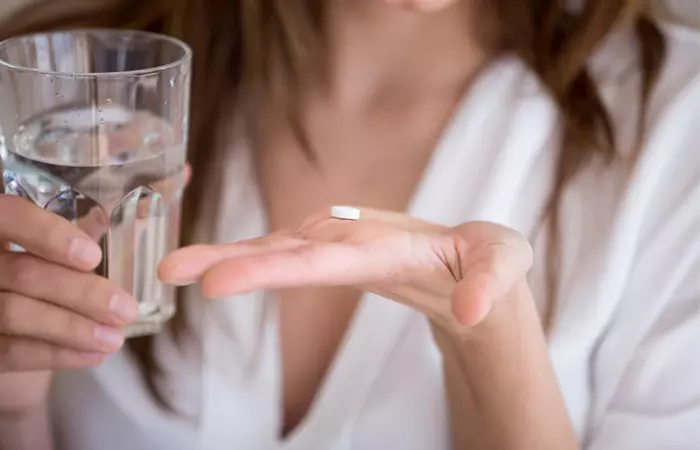
- Under no circumstances should you share your razor or use someone else’s razor. Keep your razor clean and dry at all times. Personal items, such as underwear and towels, should not be shared either.
- If you are overweight, losing weight may be beneficial because bacteria can thrive in skin folds and creases.
It is natural to be concerned when you notice a spot or boil in your vaginal area. If you are unsure about a strange growth on your vaginal wall, seeing a gynecologist may help you figure out what’s going on. After all, the key to getting the right treatment for vaginal boils is proper diagnosis.
When To See A Doctor
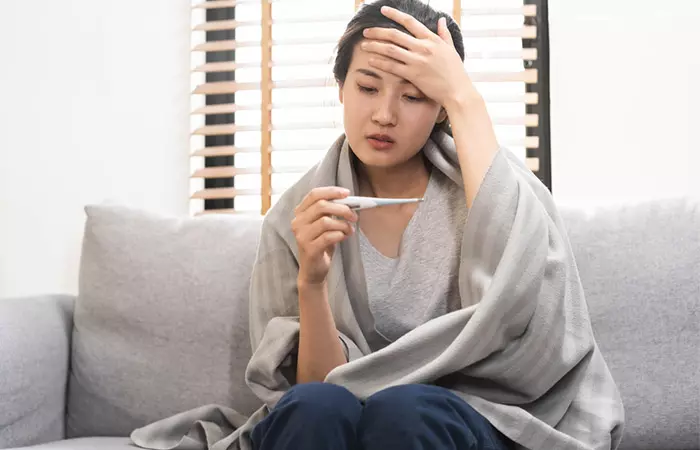
Vaginal boils may take one to two weeks to heal. The majority of cases are self-resolving. However, if you detect certain signs and symptoms, you should consult a doctor immediately. These include (1):
- Fever, chills, or swollen lymph nodes.
- Extreme pain and discomfort in the affected area.
- A rapidly growing boil.
- A boil that does not go away on its own in 1-2 weeks.
- A recurring boil or multiple boils.
- A bump that is larger than two inches.
- The boil does not seem any better after several days of at-home treatment.
In such circumstances, the doctor may prescribe antibiotics and, if necessary, lance and drain the boil safely to aid in the removal of the infection.
Infographic: Healthy Hygiene Practices To Get Rid Of Vaginal Boils
Maintaining proper hygiene is the best way to relieve vaginal boils. Along with ointments and other medications, it is necessary to practice healthy cleaning habits. But what sort of hygiene habits should you follow? We answer the same in the infographic below. Take a look.
Some thing wrong with infographic shortcode. please verify shortcode syntax
The Final Takeaway
You must be aware that the vulva is a delicate region of a woman’s body and that any improper treatment can aggravate the condition. Therefore, you must exercise utmost caution when treating a vaginal boil or any other vaginal condition. You should avoid using anything that could irritate your skin or cause further harm. If the home remedies recommended in this article don’t work and your vaginal boil has not gone away after two weeks, you should seek medical help. Schedule an appointment ASAP and get it treated immediately!
Frequently Asked Questions
Is it normal to have boils in your private area?
It is quite common to get boils near your vagina. This is because bacteria can easily infect a hair follicle. However, the majority of vaginal boils are self-treatable.
Are boils caused by being dirty?
Bacteria that infiltrate the skin and infect a hair follicle cause boils in the vaginal area. The best strategy to avoid reoccurring boils is to keep your genital area clean and practice proper hygiene.
Why are boils so painful?
A red, painful, pus-filled boil can grow under the vaginal skin when bacteria infect a hair follicle or an oil gland. The pressure that is exerted as a boil grows larger causes extreme pain.
How long can a boil last?
Vaginal boils may heal on their own after a period of itching and slight pain. However, they often become more painful as pus builds up. These boils usually drain and heal themselves within two weeks.
What happens if a boil is left untreated?
Boils that are not treated may enlarge or join together to form a massive multi-headed boil (carbuncle). As a result, a skin infection can spread to the bloodstream and, in rare cases, cause significant illness (1).
Discover the ultimate guide to vaginal boils! Check out this video to uncover essential insights, effective home remedies, and expert advice to tackle this common concern. Take control of your comfort and well-being today!
Personal Experience: Source
StyleCraze's articles are interwoven with authentic personal narratives that provide depth and resonance to our content. Below are the sources of the personal accounts referenced in this article.
i. Bartholin gland abscess
https://itsawomanthing.wordpress.com/author/itsawomanthing/
References
Articles on StyleCraze are backed by verified information from peer-reviewed and academic research papers, reputed organizations, research institutions, and medical associations to ensure accuracy and relevance. Read our editorial policy to learn more.
- Boils and carbuncles: Overview
https://www.ncbi.nlm.nih.gov/books/NBK513141/ - Folliculitis
https://www.ncbi.nlm.nih.gov/books/NBK547754/ - Bartholin Gland Cyst
https://www.ncbi.nlm.nih.gov/books/NBK532271/ - Turmeric, the Golden Spice
https://www.ncbi.nlm.nih.gov/books/NBK92752/ - Antimicrobial activity of apple cider vinegar against Escherichia coli, Staphylococcus aureus and Candida albicans; downregulating cytokine and microbial protein expression
https://pmc.ncbi.nlm.nih.gov/articles/PMC5788933/ - The Effect of Aloe Vera Clinical Trials on Prevention and Healing of Skin Wound: A Systematic Review
https://pmc.ncbi.nlm.nih.gov/articles/PMC6330525/ - Garlic in dermatology
https://pmc.ncbi.nlm.nih.gov/articles/PMC4211483/
Read full bio of Dr. CP Thajudheen
Read full bio of Monomita Chakraborty
Read full bio of Anjali Sayee
Read full bio of Swathi E







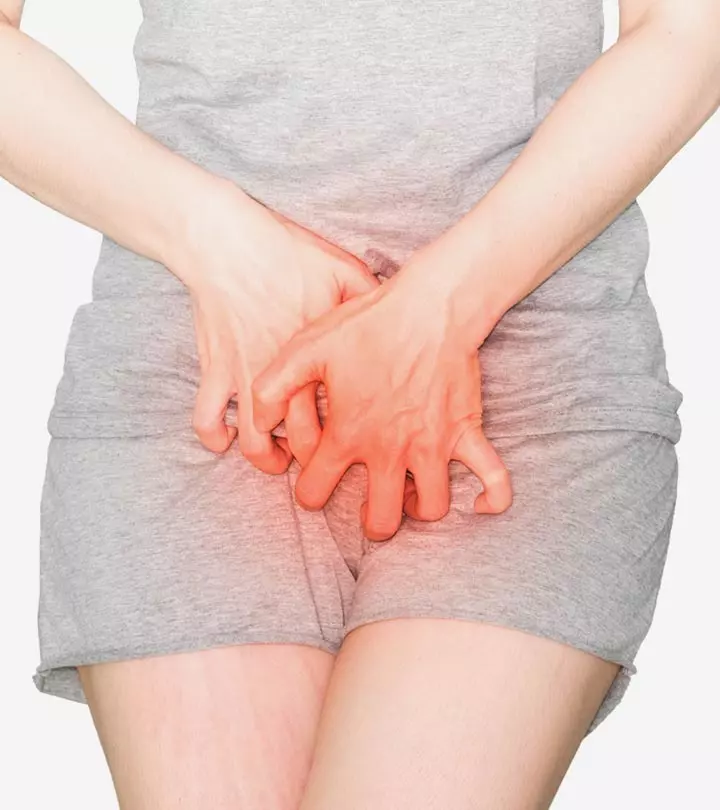
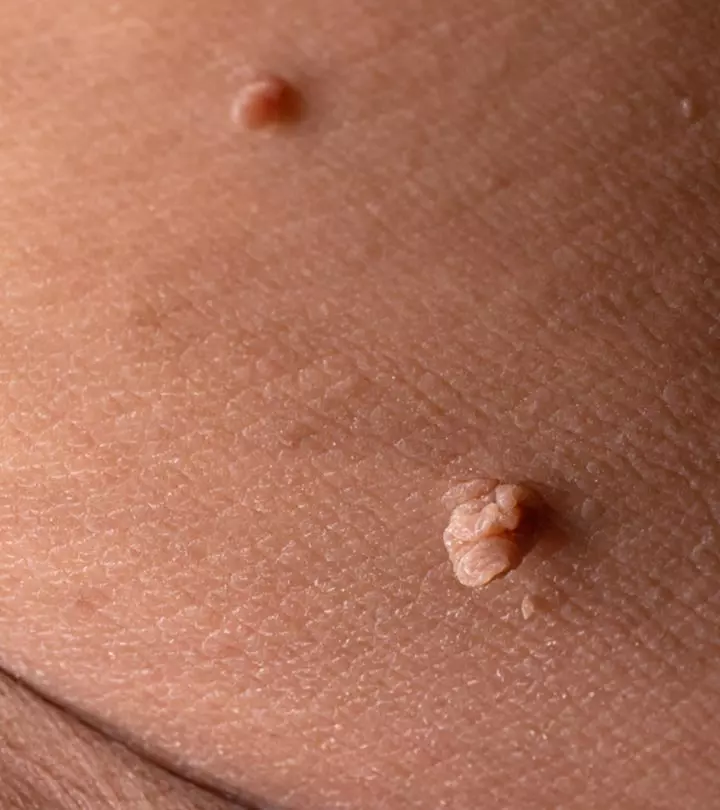
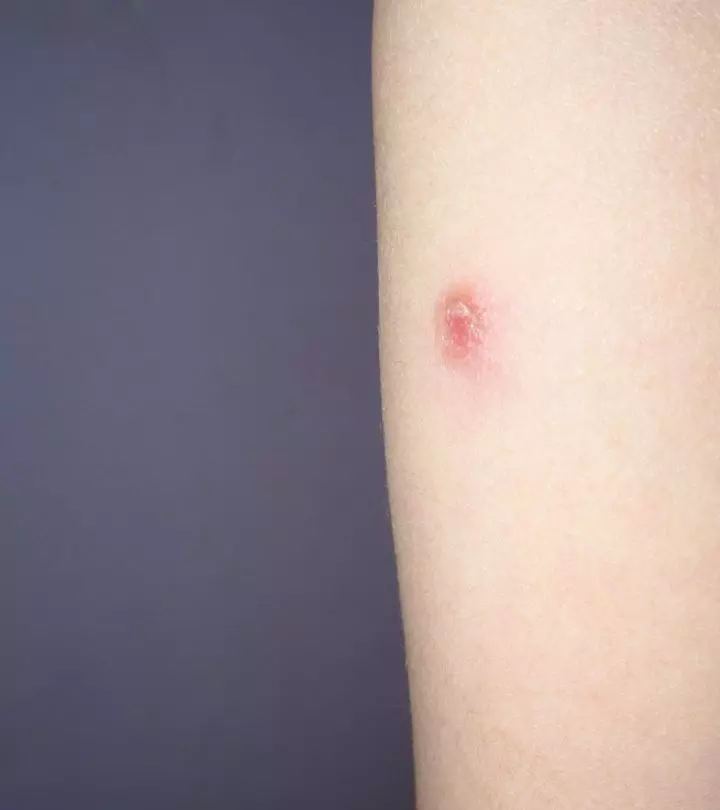
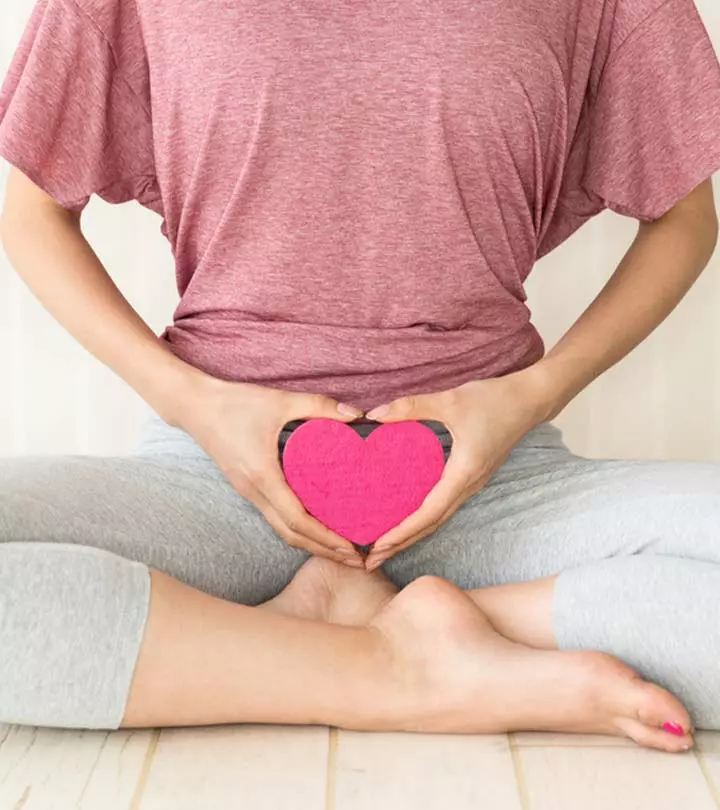
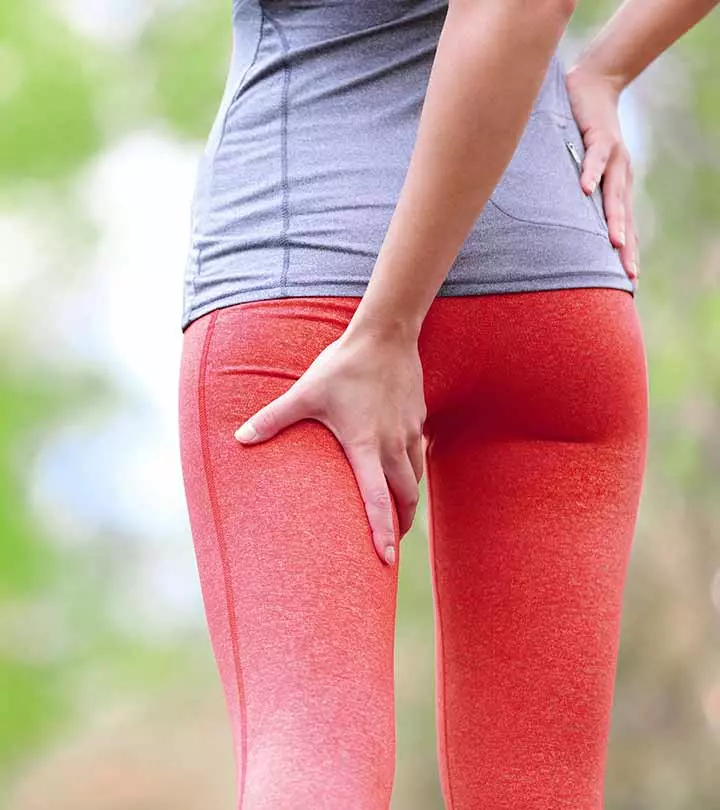

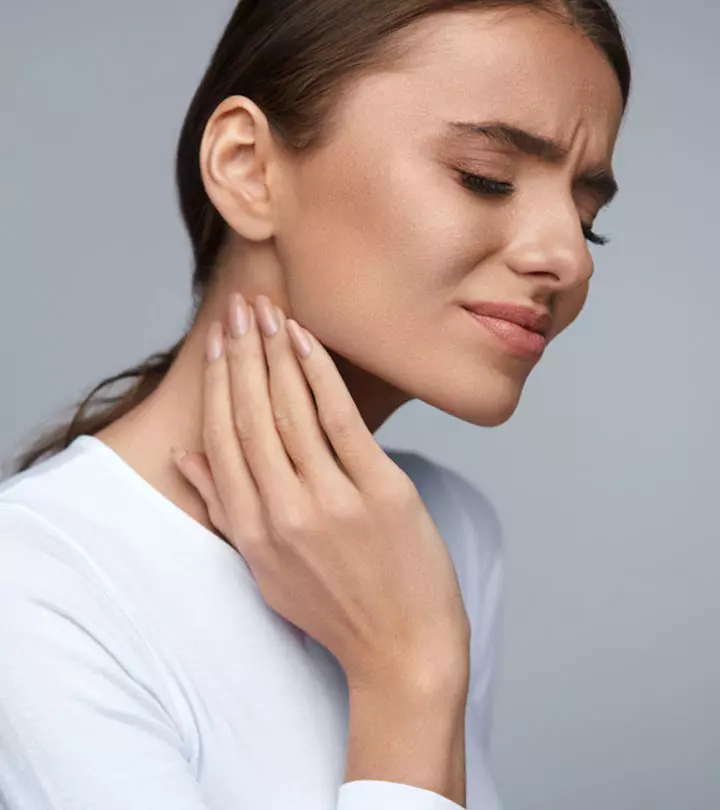


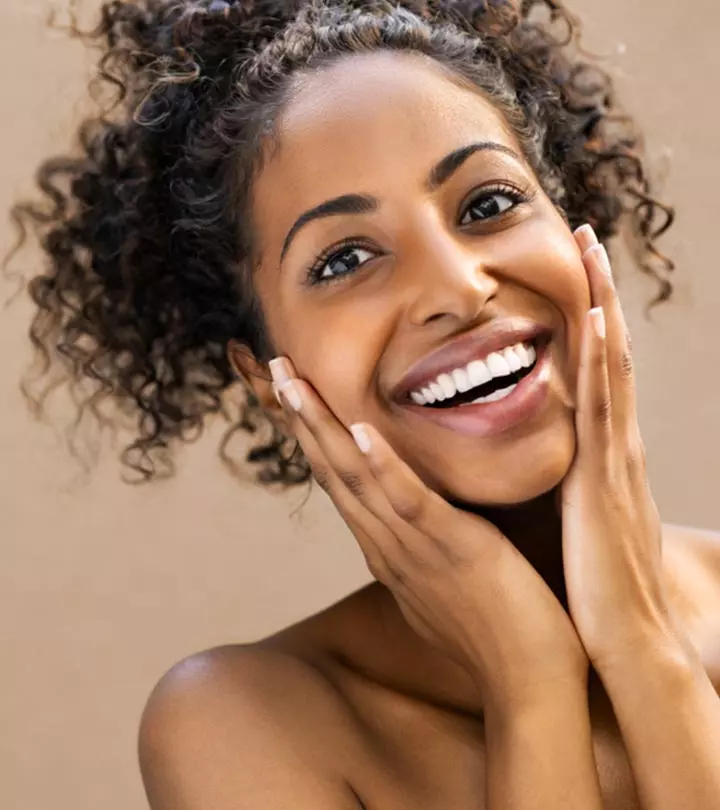
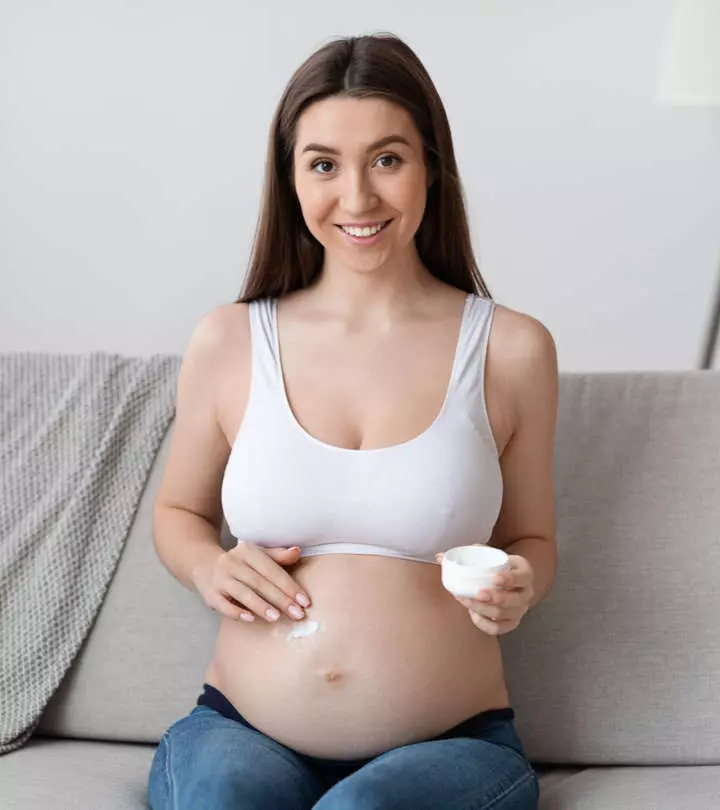

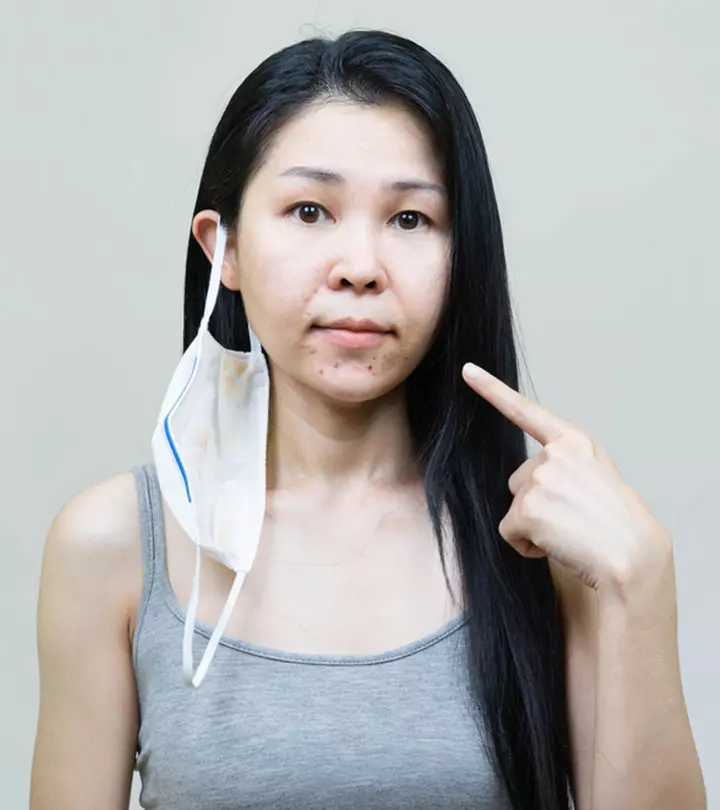

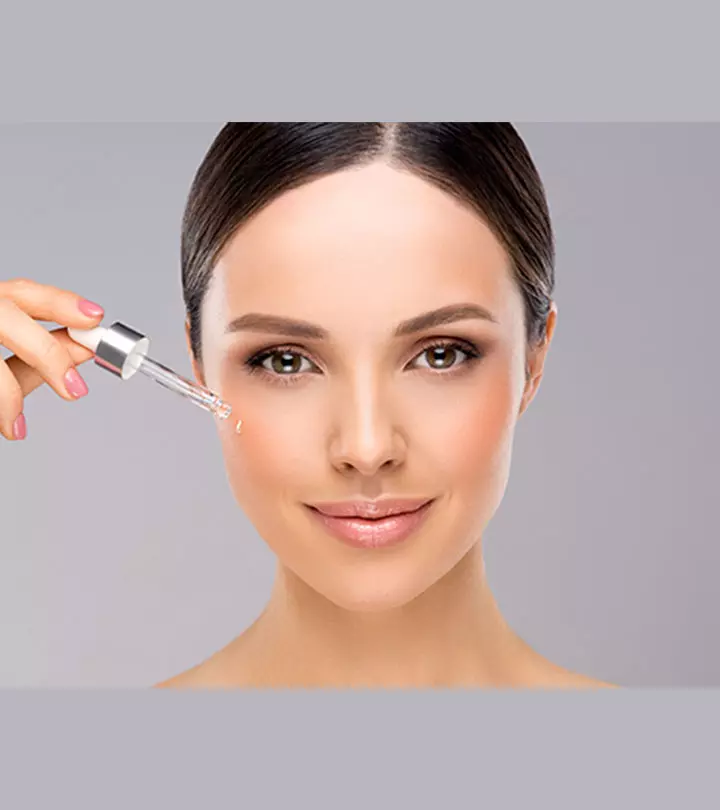


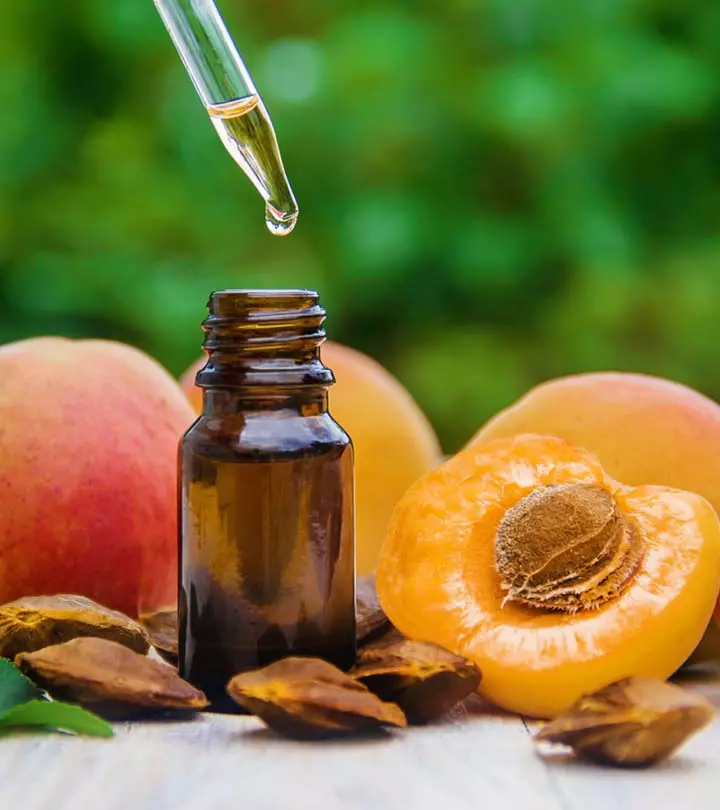



Community Experiences
Join the conversation and become a part of our empowering community! Share your stories, experiences, and insights to connect with other beauty, lifestyle, and health enthusiasts.